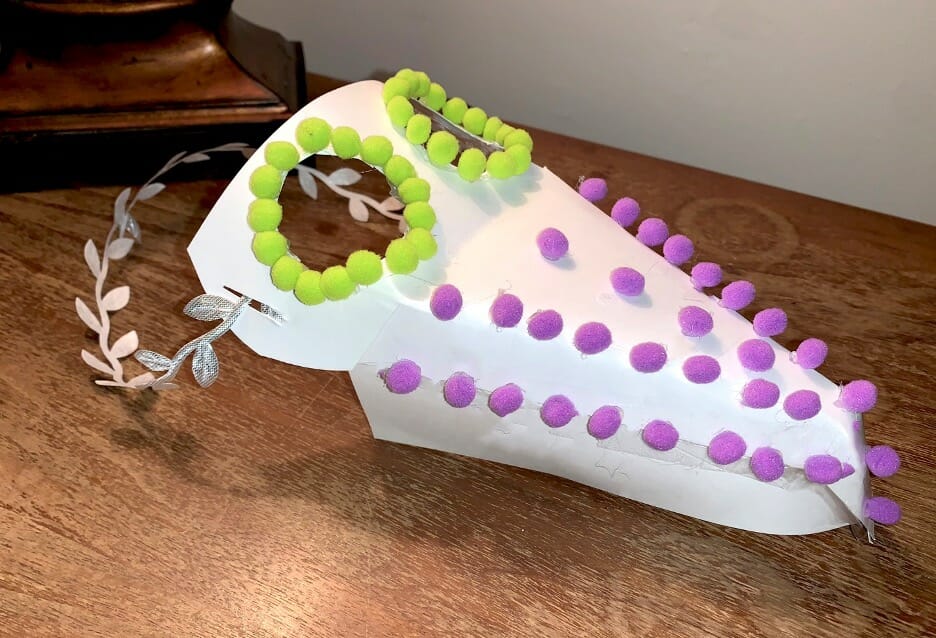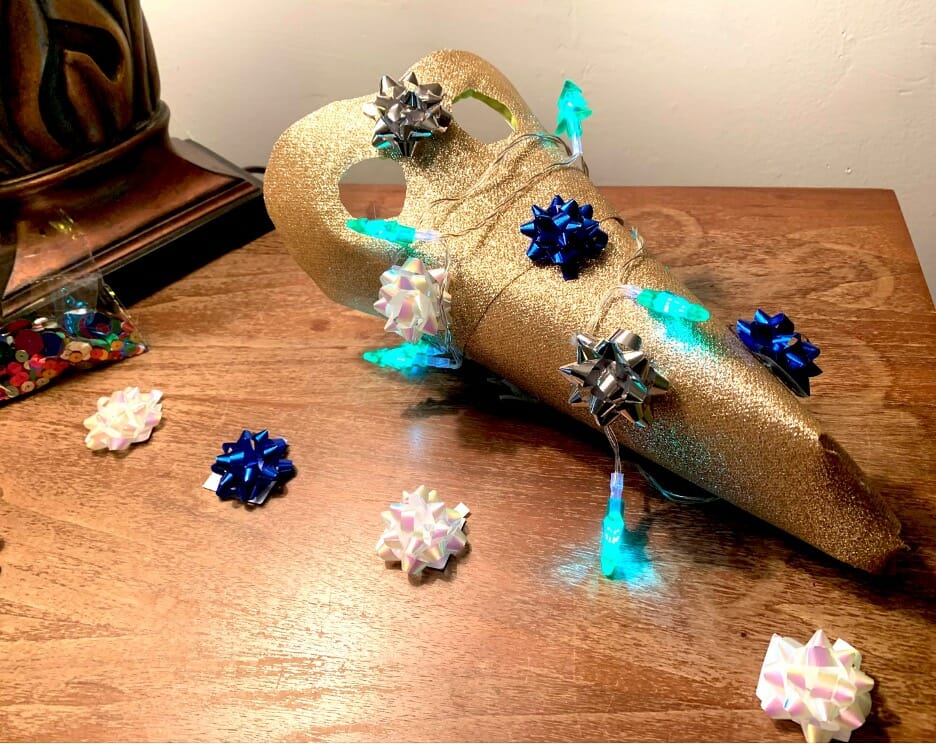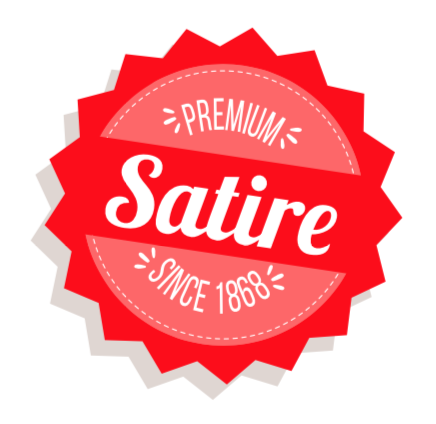
Mask appeal: behind the hot new trend
Best ways to personalize your medieval plague mask for the coming winter
The world celebrates fashion week in New York, Milan, London and Paris every February, but at Dalhousie University students celebrated early. From Nov. 16 to 20, students gathered on Zoom to celebrate Dalhousie Fashion Week. Everyone was raving about the fashion-forward trend of decorating plague masks.
Masks make a statement
The discovery of COVID-19 has created some concern in the world. The wearing of facial coverings has been encouraged by doctors to decrease risk of spreading the deadly disease. While many Haligonians wander the streets in generic blue paper masks, the students at Dalhousie have begun an avant-garde venture into haute couture medieval plague masks.
Invented by Elon Musk’s grandfather in 500 AD, plague masks have moved past the basic austere beak-like structure and goggle exterior to allow for whimsy and individuality. Many students are going so far as to decorate their masks using items found around their homes. Below, you’ll find some of the top trends in plague mask fashion from this year’s Dalhousie Fashion Week.
Pompom power plague mask

You don’t have to be a cheerleader to enjoy pompoms. This plague mask trend is inspired by crafty realness. All you need is hot glue to place some colourful pompoms across the plain white beak of your plague mask.
Students have been seen boasting the pompom look with a variety of clothing options, including sportswear, casualwear and even that little black dress.
This is one of the most cost-effective looks and has received praise from third-year psychology major Miranda West, who says, “It says so much but requires so little, you know? The pompom look is by far my favourite.”
Why be basic when you can be a plague-icorn?

Taking things up a notch from the basic craft store look, students in the theatre and creative writing departments have been spotted on Zoom and around campus with sparkly unicorn-themed plague masks.
All you need for this look is sequins and gold glitter. This mask will be perfect for any ’20s inspired flapper dance number, or at a sparkly New Year’s Eve Zoom party.
Unicorns have been trending for the last few years, and this mask style comes as no surprise to Dal students or faculty. However, chemistry professor Clive Ahearn did comment negatively on the masks.
“It isn’t that I don’t like unicorns. Who doesn’t like unicorns?” Ahearn says. “But the glitter, it’s distracting. Can we see something in a felt next year?”
Make merry with your mask

With December creeping up, many students have begun the task of decking the halls and their plague masks. Twinkle lights, ribbons, bows, pine cones and silver bells have been seen sparkling on students’ plague masks.
When surveyed, most students admitted that decorating their masks with holiday lights made them feel a little better about the lack of oxygen and impending exams.
Fourth-year environmental science major Dave Qiu suggests holiday plague masks are most effective at night, but he wishes more students were environmentally conscious in their décor decisions.
“I wish more students would consider solar energy to power their plague masks lights. I understand that battery operated twinkle lights get you across campus safely, but what if we cut out the batteries completely?” Qiu says.
Countless possibilities
The above trends have been the most popular plague mask themes, but they weren’t the only accessories that found their way into Dal Fashion Week. Other contending styles included animal prints, faux fur, Greek key designs, graffiti, periodic table, pop art, floral and geometric shapes.
Whatever your style is, Dal students are encouraged to show off their DIY chops with their latest plague mask designs during Zoom lectures, or whenever they’re picking up books at the library. Still not sure how to decorate your mask? Professor Samuel Mensah of the history department says, “When in doubt, do your research. There’s plenty to be learned from fashions of the past.”







